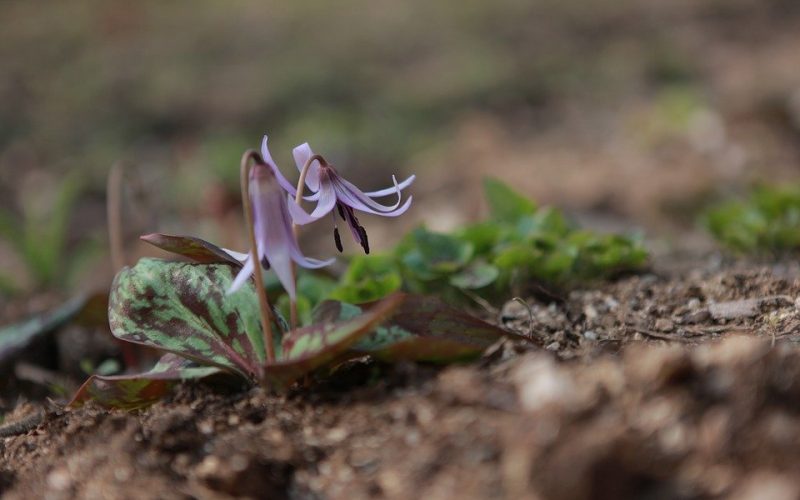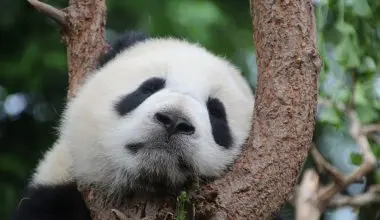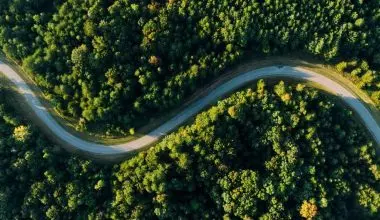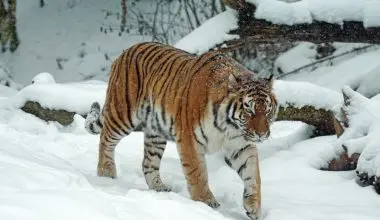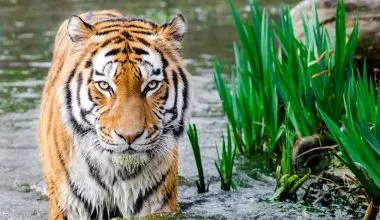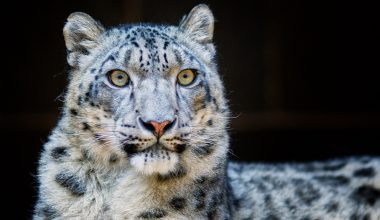Table of Contents Show
[Updated: 22nd June 2020]
Our world is wonderful, and flowers make it all the better. Nature is one of the most fascinating things we have and we haven’t even discovered half of it. Many parts of nature are very rare and unnoticeable, so much that they go extinct before we even get to know about them.
Just imagine the number of species that have disappeared from our world (gone extinct) during the course of history (60%). The surprising thing is we didn’t get the chance to know the lot of them!.
As many as 250,000 flowering plants will go extinct by the end of this century.
Flowers have a number of strains which are very rare and are fascinating. Unfortunately, they face the very real possibility of extinction. You should read up on Reasons of species endangerment to know the WHY. However, poaching is the top-level threat faced by these flowers close to extinction.
Below is the list of flowers that are very close to extinction (Click to navigate):
1. Titan Arum
2. Jade Vine
4. Attenborough Pitcher’s plant
8. Howells Spectacular Thelypody
10. Baseball plant.
1. Titan Arum
Titan Arum flower is known as the world’s biggest flower. Its native in Sumantra and it also has the largest inflorescence than all other flowers in the whole world. However, this plant is also losing its population and there are very few species left which are found in the wild. As of 2018, Titan Arum is labeled as ‘vulnerable’ by IUCN.
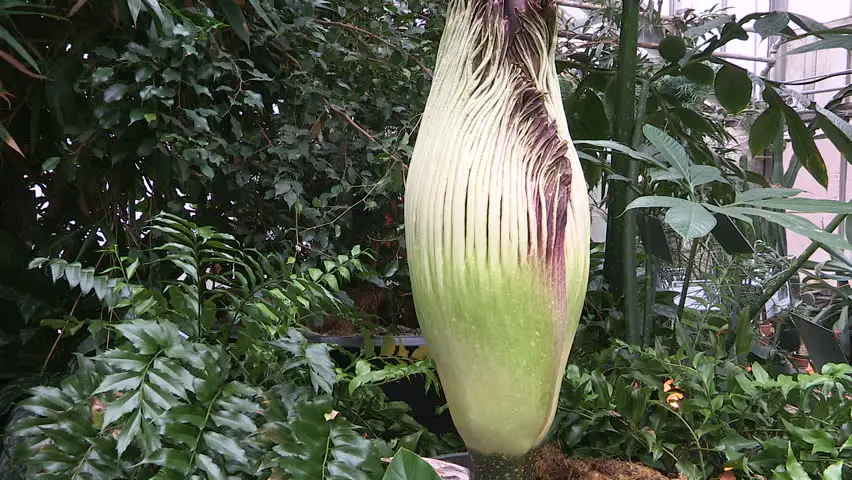
Titan Arum plants are only preserved in botanical gardens where you can see them up close. This flower is also known as the corpse flower but the name doesn’t have anything to do with the extinction rate. It got this name just because of its unique ghastly smell.
2. Jade Vine
Jade vine (Strongylodon macrobotrys) enjoys the most beautiful blend of sea green and purple color (close to turquoise) which allows the flower to stand out.
Rounded flowers of the Jade vine are highly durable. This is proven by the fact that bats (acting as pollinators) hang upside down on them to drink nectar!
Jade vines are currently endangered, but thankfully, not extinct.
3. Dwarf Trout Lily
Minnesota Dwarf Trout Lilly (Erythronium propullans) is an endangered forest wildflower exclusive to Minnesota. Dwarf trout lily is distinguished from others by pinkish to lavender-colored small flowers.
You can see the color of Trout lily petals in the featured image at the top!
The rarity of the dwarf trout lily is solely because of slow reproduction. It almost never produces a seed! It grows from a bulb under the ground which refreshes itself annually. By chance, if the new bulb has an off-shoot runner then there is an increase in number. This happens one-tenth of the time.
Even though trout lilies have low reproduction rates, modern threats include photographers, tourists and other forms of urban development. The soil of dwarf trout lilies is very delicate and prone to damage in areas with high foot-traffic. It is protected, like many other species, under the Endangered Species Act of 1973.
4. Attenborough Pitcher’s plant
The Attenborough pitcher’s plant enjoys great views at the top of Mount Victoria in Palawan, Philippines. It was named after a British broadcaster and nature enthusiast David Attenborough when it was found in 2007.
The ‘pitcher’ part of the name is (you guessed it!) because it has a pitcher-like basin attached to it. The ‘pitcher’ has a sweet smell that attracts small insects.
As these insects land onto the slippery opening rim (purple) of the basin, they slide right in to it. Inside the basin, there are digestive juices that quickly dissolve the insect for the plant to get nutrition. That allows it to reach heights close to 1.5 metres!
Insects and pests this plant can handle; It is actually most threatened by humans! (Who saw that coming?).
5. Rafflesia Flower – ‘Corpse Flower’
This flower is known as Rafflesia arnoldii, also known as a ‘corpse flower’. This flower got its name because it smells of decomposing flesh.
Rafflesia should not be confused with Titan Arum flowers as they have similar characteristics and a similar smell. I’ll show you how Rafflesia is different.
It is among the biggest flowers in the world with petals growing to the size of a chair. Also, they’re so heavy that they sit on the ground without stems or roots. P.S: Rafflesia flower is actually parasitic and depends on Tetrastigma for food.
Rafflesia is mostly seen in the forests of Borneo and Sumantra. This flower is particularly popular among the poachers, which is one of the reasons for its decline. Another reason is Habitat loss and Destruction.
6. Black bat flower
It got its name for a reason. The Black Bat flower really looks like it’s a small bat spreading its wings. It’s commonly called The Tacca Chantrieri. The black bat flower is very impressive and quite unique due to its black and velvety leaves.
It is very unfortunate that poachers have brought this flower to near-extinction. There are not many Black Bat flowers left and chances are it would completely disappear very soon.
7. Ouachita Mountain Goldenrod
The Goldenrod got its name because it is usually found on the crests of Ouachita Mountain. This type of plant requires a very cool and moist climate to grow and thrive. They can also be found along the borders of Oklahoma and Arkansas.
This plant is considered to be so old that it is considered a remnant of the last ice age. Their exact number is not known today but very few of them are left now.
8. Howells Spectacular Thelypody
This plant unfortunately only has five populations left on the Earth. All of these examples can be found in Northeast Oregon. This plant is also referred to as Thelypodium howellii.
In 1999, it was confirmed that only 30 thousand of them were remaining. However, over the years the number has further decreased.
9. Georgia Aster
The Georgia Aster flower is native to the Southeastern part of the United States. This plant is also known as Symphyotrichum georgianum, as it has a specific botanical name.
Although, it is inclined towards extinction there is some good news about this flower. This flower grew in small clumps and now there are only 60 populations of the flower under natural habitat development. There is still danger of it disappearing from the world but conservation efforts for the Georgia Aster are underway. Fingers crossed!
10. Baseball plant
This type of plant has a decorative function. It literally looks like the name states, like a basketball. This ball-shaped plant is accessible to most people as it is usually available at flowering shops. However, that might not be the case soon.
The baseball plant only grows at one place in the world, The Great Karoo Region of South Africa. It is very sad to state that, due to the immense harvesting of this plant by collectors and exporters, this plant is very close to dying out.
In order to save it, the South African government must control its export and we should try and lower its demand by spreading awareness.
